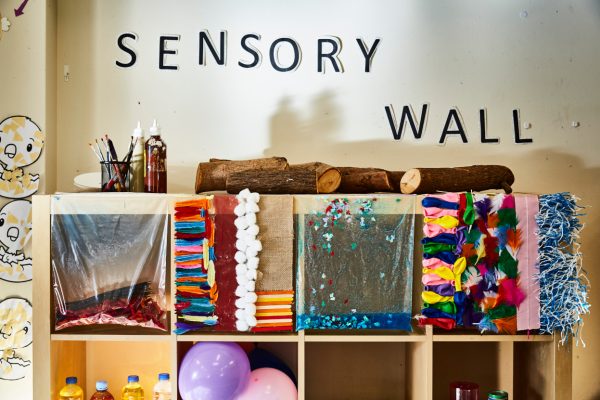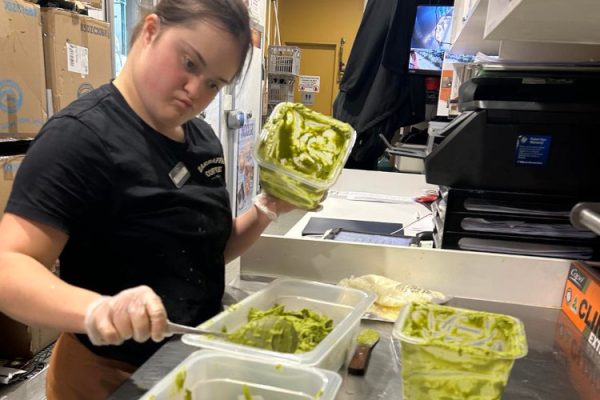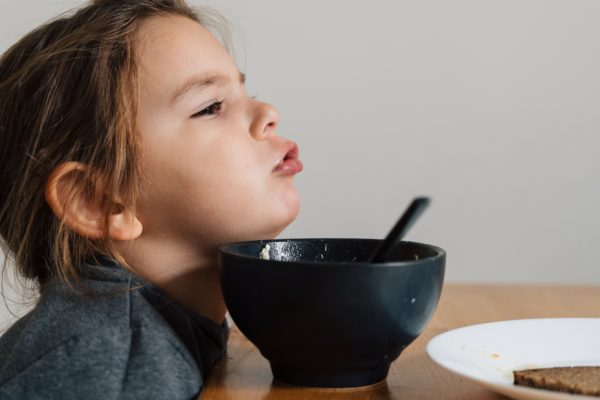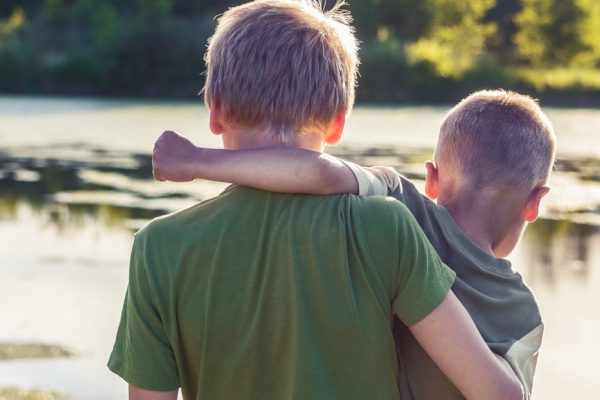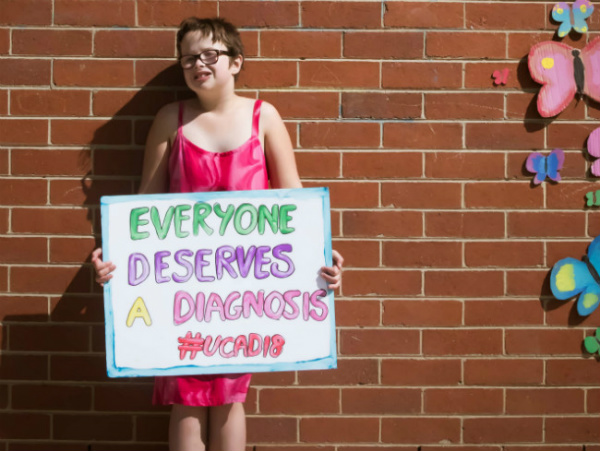
Living without a diagnosis: Syndromes without a Name
The advancement of medical science allows for a greater understand of, and treatment for, different health conditions affecting thousands of children across Australia.
But thousands more still live in limbo – not able to receive a diagnosis.
That was the situation facing Heather Renton, whose daughter Rebecca had an undiagnosed genetic condition.
So, frustrated by a lack of support, she established Syndromes Without A Name (SWAN) Australia in late 2012.
Now she is the Executive Officer of the organisation, which has taken six years to grow enough for her to move from a voluntary capacity.
During that time, Rebecca was misdiagnosed twice and the now 12-year-old is confirmed as having FOXP1 syndrome, a neuro developmental disorder.
It is estimated around 2400 SWAN children are born each year.
Heather says that some receive a diagnosis earlier than others. Some never will.
“As Whole Genome Sequencing (WGS) and Whole Exome Sequencing (WES) slowly move into clinical practice, more children will receive a diagnosis,” Heather explains.
“It is estimated through Microarray, which is a clinical funded test, around 15- 20% of children will receive a diagnosis for their genetic condition. With WES it is round 30-50%.
“We are learning more about the functions of new genes all the time, so I would predict diagnosis rates to only increase from this point in time. However, the reality is, because of the complexity of the human genome, there will probably always be SWAN families whose children remain undiagnosed.”
Heather says that not everyone wants a diagnosis. “And, that is okay,” she assures.
“Sometimes it will make no difference to the care you are already giving your child but often a diagnosis can lead to better treatment plans, therapy interventions and outcomes for your child.
“Without a diagnosis, there is an unknown future and you don’t know whether your child’s development and health will progress, plateau or regress and that can be tough on families preparing for the future or thinking about having other children.
“A diagnosis can lead to acceptance of behaviours and symptoms. A diagnosis is knowledge and that is empowering.
“A diagnosis can also be tough as it is not always the news you want to hear. It can be bitter sweet for families and once again emotions can rise to the surface and your worst fears may become a reality and that can be a really difficult to comprehend.”
You don’t have to be on your own an it is okay to ask for help.
Heather says the resilience of families involved with SWAN is amazing.
“All my members are my heroes. I am fortunate that Rebecca’s genetic condition has limited medication implications for her, but some of our SWAN members spend a lot of time in hospital, which is really tough, especially when they have other children to care for and do not know what the future holds for their SWAN children,” Heather says.
“It is the SWAN parents who have multiple children with the same undiagnosed or rare genetic condition, and our members who have children with regressing conditions that I find difficult to support at times as I am not a trained counsellor and I wish I personally had the skills to support them at the grass roots level.
“The wonderful thing about SWAN is that our parents connect with each other for support and I can assist with connecting parents in similar circumstances to one another.”
Heather reports many SWAN families are vulnerable and experience a range of feelings including anxiety, guilt or denial, confusion and ambiguous grief, with many suffering relationship breakdowns as a result.
“I often equate being a SWAN family as being in ‘Limbo Land’, an unknown destination full of challenges, uncertainty, frustration, confusion, and isolation,” Heather reveals.
“Isolation and navigating and finding supports would be some of our SWAN families’ biggest struggles.”
Despite Government efforts to assist families with special needs children, Heather says it has had unintended consequences.
“When Rebecca went through Early Childhood Intervention Services, we attended a lot of group sessions so I could form friendships with the other people in the group,” Heather recalls.
“The model has changed now where a key support worker and therapists come to your house and support the family.
“It is even more isolating since we have moved to an NDIS model. It is a shame as I think parents and carers have limited opportunity to support each other.
“I had a SWAN family who attended one of our events say to me ‘I am so thankful for this opportunity, I have not met a single family who had a child with a disability let alone an undiagnosed genetic condition, I have now met three families who I will continue to connect with’.”
It’s this type of commentary that fuels Heather’s passion.
“We made a conscious decision within SWAN to focus on peer support as that is what we see as important for limiting isolation. Our members get a lot of benefit from attending our events but it saddens me to think there are a lot more potential SWAN members out there who we could be supporting.
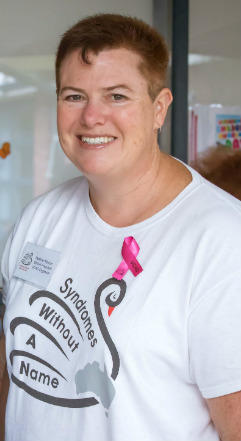

“We are resource poor so it is challenge to spread the word. I have to remind myself that we are still relatively new in the peer support group space and it takes time to build our community and we are doing the best we can with the limited resources we have.”
SWAN has a website and is active on social media. It also has a playgroup, a dad’s group, a mum’s group and is looking to start a grandparent’s group in 2019.
It also provides support for people with a rare genetic condition for which there is no active support group in Australia.
The best advice Heather can give is to ensure your child is linked with a good paediatrician and have a good family GP.
“Utilise the supports of a psychologist, social worker or counsellor if you need extra support,” she says.
“Most SWAN families go through a process of grieving for the ‘typical’ child they don’t have. You don’t have to be on your own and it is okay to ask for help. It is a really difficult time when you first find out something is wrong with your child.”
And just as a mother swan takes her cygnets under her wing to protect them, Heather says many members of the SWAN family stay connected post a diagnosis.
“They have formed close friendships within SWAN and rather than start a group with a handful of people, they remain within SWAN for support,” she says.
Everyone swimming against the tide together.
For more information visit: www.swanaus.org.au




